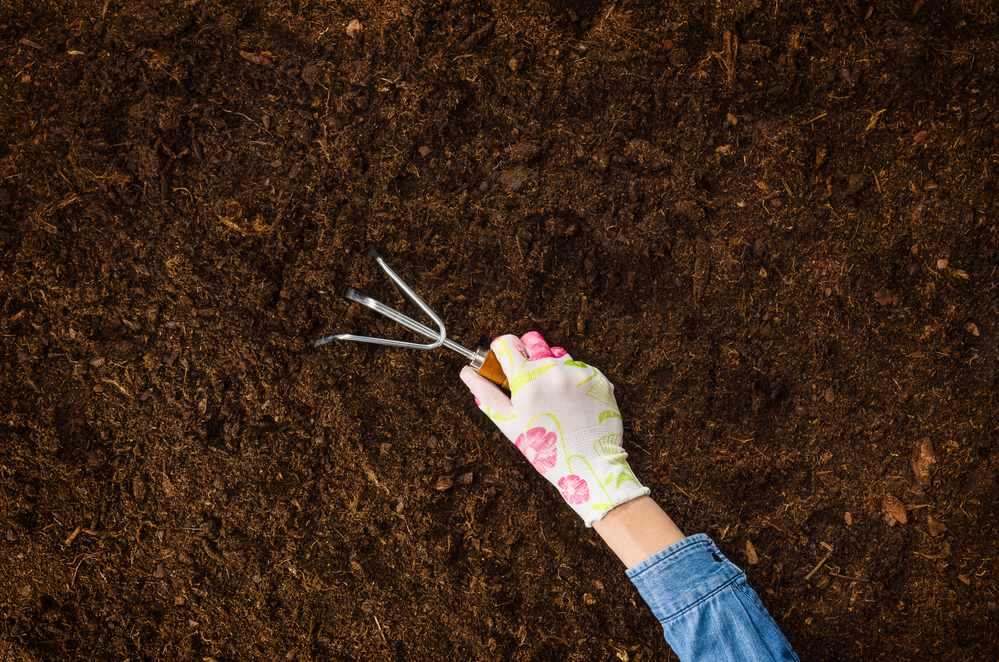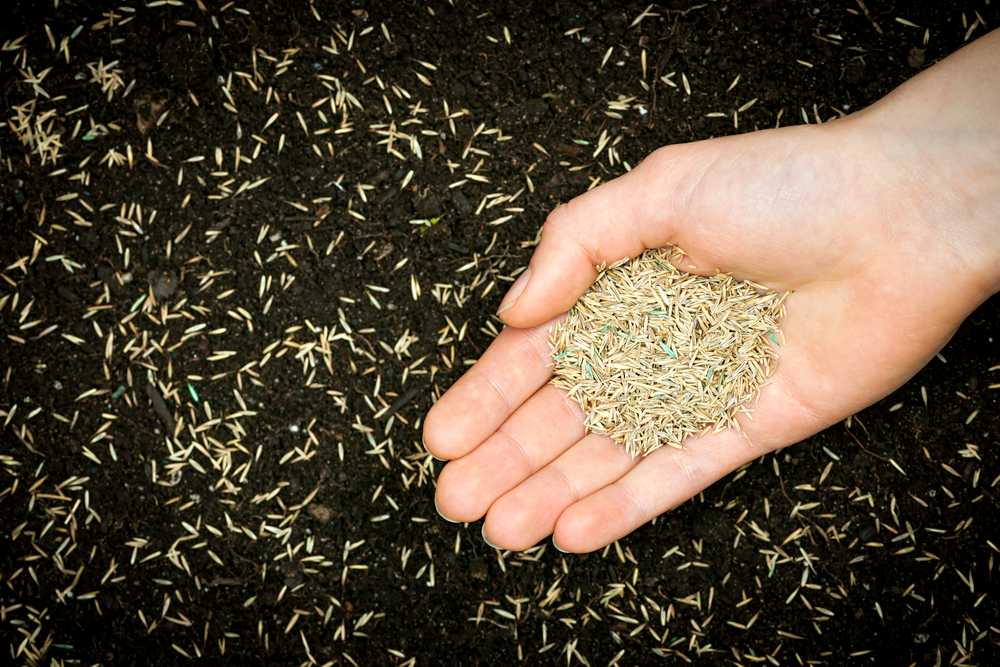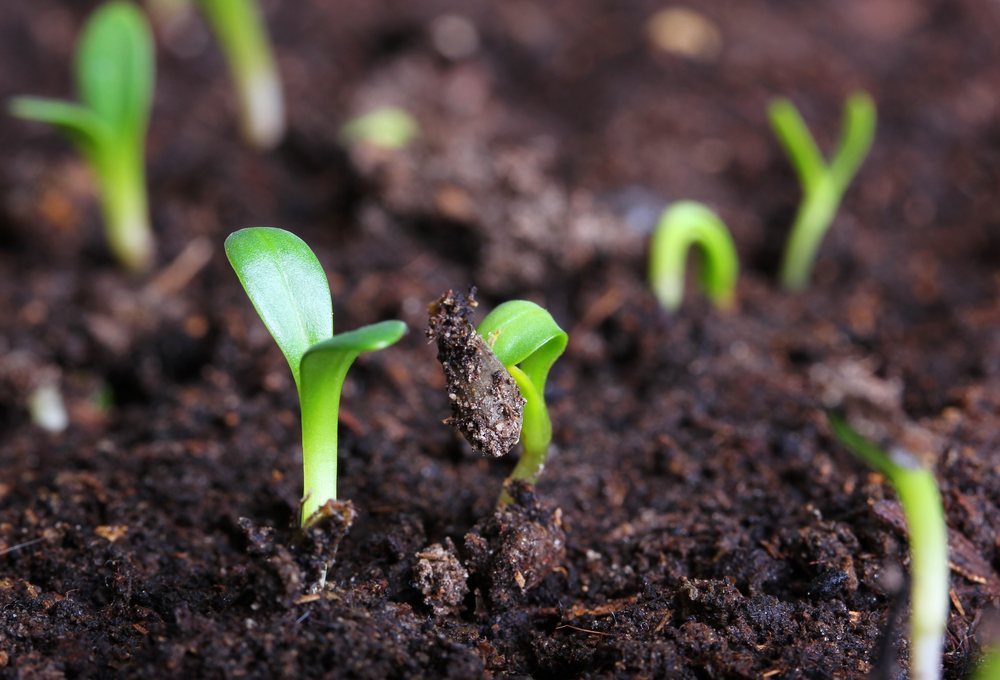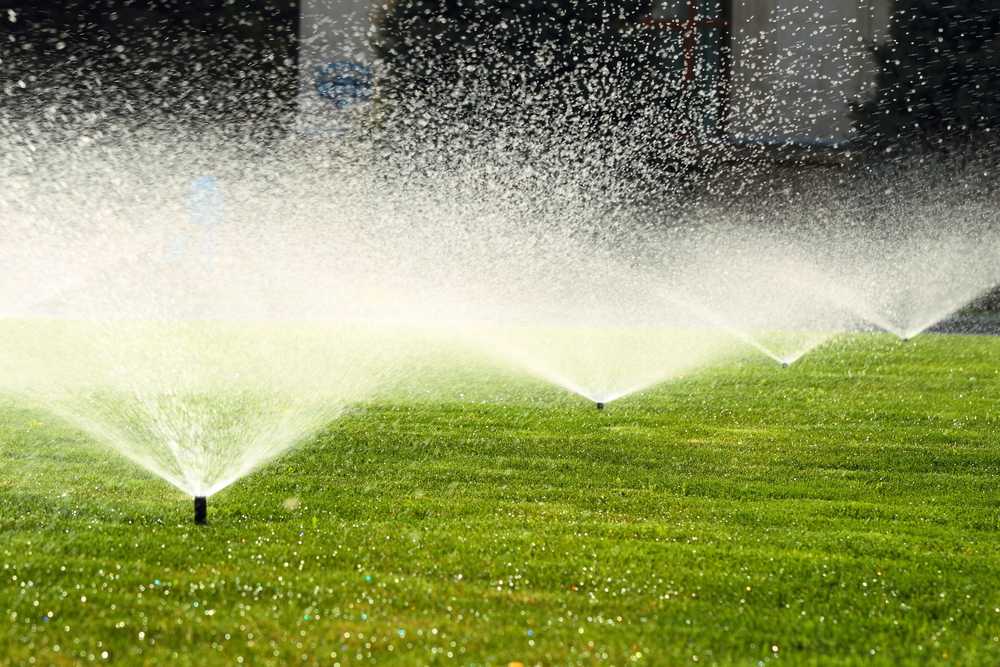
Everybody loves a lush lawn, but not many people know how to plant grass seed from scratch. Planting grass seed takes some forward planning and attention to detail, but with the right plan in place, you will have a lush green lawn growing in no time!
Imagine having your Perth patio opening onto a lawn that’s as pretty as a picture – it’s easier than you think. With your commitment to do the job and the steps below, you can learn how to plant grass seed and watch your backyard transform into a lush oasis.
CONSIDER THE TIME OF YEAR
To achieve healthy grass, it’s important to know when to plant grass seeds. In Australia, the best time to plant grass seed is spring. The weather is usually mild, with temperatures being neither too hot nor too cold. The season gives grass seeds a chance to grow under optimum conditions and is the best time to sow grass seeds.
If you sow seed when it’s chilly, the grass may have a hard time forming a root system. Conversely, if you try growing grass seed when it’s scorching hot, you’ll be subjecting the grass to too much stress early on. However, if you reside in a cooler region of Australia, it’s ideal to wait until the middle of spring before you start sowing grass seed.
You can also check with your local landscape supplier or nursery about the best planting season in your location.

PREPARE THE AREA AND THE SOIL
Soil quality heavily impacts successful seed germination and grass growth. If your soil is rather poor, consider applying gypsum, to improve water penetration, as well as soil structure.
CHECK
Check soil acidity levels by investing in a pH soil test kit. Correct alkaline soil or overly high pH by adding elemental sulphur. If the soil is acidic or has a very low pH, you may need to add lime to the soil to correct acidity and add calcium and magnesium.
DRAIN
Drainage is an essential element for a healthy lawn. A poorly draining lawn can lead to standing water, creating conditions for fungal growth or decay.
LEVEL
Work on levelling uneven sections by simply raking the area. You can also attach a heavy board to a rope and drag it across the turned soil. However, if the site is sloped, it’s advisable to lay on turf instead of grass seed, as a rain shower may wash the seeds away.
CLEAN
Improve the soil structure by getting rid of rocks and adding organic matter such as dirt or compost (about 5 to 10 centimetres in depth) prior to planting. Compacted soil should be tilled or aerated. Ensure that the planting soil is free from weeds, rubble, hard dirt, and clay lumps, too.
CHOOSE THE RIGHT GRASS SEED TO GROW
In selecting the type of grass for your backyard, always consider the climate, shade tolerance (especially if part of the site is shaded for the greater part of the day), level of foot traffic and use. Below are four of the more common grass varieties in Australia:
KIKUYU GRASS SEED
A Kenya native (it’s named after a major ethnic group in Kenya), Kikuyu grows fast. It is also one of the hardiest grasses, and therefore among the easiest to grow. It grows best in hot, humid, and sunny conditions, and thrives even in poor soil. If left unchecked, kikuyu can be invasive, so it requires frequent mowing. However, it does not do so well in shady areas.
BUFFALO GRASS SEED
What used to be scratchy and irritating Buffalo grass now comes in soft-leaf varieties such as matilda, sapphire, and palmetto. It’s also easy to grow and maintain and is quite durable. Its ability to regenerate easily makes it ideal for areas with high foot traffic.
COUCH GRASS SEED
This low-maintenance type of grass is also affordable and durable. And as its name suggests, the grass makes for a soft, fine leaf lawn. Popular subtypes include Santa Ana and Queensland blue. Its vigorous underground runners make it especially robust, so it’s also ideal for areas with high foot traffic. Just be sure to monitor it closely as its strength also makes it invasive. It also requires extra care and nourishment during the colder months.
ZOYSIA GRASS SEED
Zoysia is a heat-loving, drought-resistant and salt-tolerant grass variety. It’s incredibly soft and does not require a lot of mowing (it’s slow-growing) or fertilising. It can recover easily from tough conditions but takes its time to grow or regenerate.
Remember that your choice boils down to what variety can thrive after considering the condition of your backyard. This includes foot traffic, soil quality, the amount of sun exposure and general weather conditions in your region.

START PLANTING YOUR GRASS SEED
Rake the soil in straight lines, creating shallow furrows in the process. Apply a lawn-starter organic fertiliser, following the package instructions. Divide the grass seed into two equal parts. Sow one batch in one direction, and the second batch at a right angle to the first to ensure even distribution. When you’re done distributing the seeds, lightly rake the soil surface to cover them slightly.
Water the area using a fine mist spray twice a day. Continue doing this until the seedlings start to grow. Avoid walking in the area until full germination. Your seeded lawn should be well-established in about eight weeks.
WATCH THE WATER
Avoid over or under watering new grass seed. Just remember to keep grass seeds and seedlings moist but not soggy. You can lightly spray them up to a maximum of three times per day. Make sure you stop watering when puddles start to form on the soil surface.
Once the grass seedlings start to grow, slowly transition into watering them heavily but less frequently. Gradually reduce watering as the grass becomes more robust, grows and matures.

CLOSELY OBSERVE THE GRASS SEED
To ensure that the seeds are growing at an optimum rate, be aware that grass seed germination can take between five and 21 days and check on the progress of the seed accordingly. This depends a lot on the grass variety you’ve chosen for your backyard or lawn. New grass should be fully established in another four to ten weeks.
Make sure to check the seeded area once the seedlings reach a height of 2.54 centimetres or one inch. Inspect the site for any bare spots and reseed these sections. Repeat the procedure as necessary until you are completely satisfied with the results. You can follow the same steps to improve the look of an existing lawn with bald spots. Most grasses would be ready for continuous foot traffic after being given a full season to mature.
HOW LONG DOES GRASS SEED TAKE TO GROW
Now you may be wondering, how long does lawn seed take to sprout? Most lawn seeds usually start to sprout within 7 to 30 days, depending on the grass type and weather. Here's a simple guide:
Grass germination times by type:
What to expect:
Tips for better results:
-
Sow in warm months (spring to early autumn)
-
Keep soil consistently moist
-
Use a starter fertiliser
-
Clear weeds and loosen the soil before sowing
COST OF GRASS SEED
When choosing between grass seed and instant turf, cost is often a big factor. Here's a simple breakdown:
Grass seed:
-
Price: Around $10–$20 per kilogram
-
Coverage: 1 kg usually covers 30–40 square metres
-
Total cost: Roughly $0.30–$0.70 per square metre
-
Extras needed: You may also need to factor in the cost of starter fertiliser, soil prep, and extra water during establishment
Instant turf (roll-on lawn):
-
Price: Around $8–$15 per square metre, depending on the variety
-
Extras needed: Delivery fees, soil preparation, and installation (if not DIY)
If you're on a budget and have time to wait, seed is a great option. If you want quick results or are covering a high-use area, instant turf is often worth the extra cost.

MAINTAIN YOUR GRASS
You can start mowing the grass once it reaches a height of 7.62 centimetres or three inches. Check the recommended mowing heights for the type of grass you’re cultivating. Make sure not to cut more than one-third of the grass blade to avoid stressing the grass. If you seeded during the autumn or winter, wait until the following spring to mow.
Irrigate mature grass to supplement rainfall, making sure it receives 2.54 centimetres (or one inch) of water every week. You can start fertilising cool-season grass between four and eight weeks after germination. However, for warm-season grasses, you should wait till the next spring before fertilising. Afterwards, you may fertilise your grass up to four times annually. Be sure to conduct a soil test before conducting subsequent fertiliser applications.
TIME REQUIREMENTS
To save you from literally watching the grass grow, here are the time requirements necessary to go from prepping the soil to planting the grass seed to fertilizing the soil.
SOIL PREPPING
Depending on the size of your yard, this should take about 2-8 hours. Give yourself a weekend to be on the safe side.
SOWING THE SEED
Also dependent on the size of lawn, this should take you three to four hours.
WATERING THE SOIL
This is a daily activity post-seed planting, should take you no more than 10-15 minutes depending on the size of the area.
FERTILISING
This is dependent on the type of grass species, please consult with your supplier to ensure you aren’t over or under fertilising.
WHAT'S NEXT FOR YOUR YARD?
Once you have a lush lawn planted, it's time to spruce up the rest of your backyard. Check out our backyard renovation tips, including options for patio flooring, outdoor kitchen ideas, plants to keep under your patio, outdoor furniture inspo, eco-friendly options and more!
Great Aussie Patios specialise in designing and installing top-notch patios to your specification, which is a great addition to a residential and commercial property, with plenty of custom patio design options to choose from. Contact us to start designing your dream backyard today.
GRASS SEED FREQUENTLY ASKED QUESTIONS
1. When can I mow newly grown grass?
Wait until the grass reaches 7-10 cm in height, and ensure it’s strong and well-rooted. Use a sharp mower blade and only cut the top third of the grass to avoid stress.
2. Can I walk on newly seeded grass?
It’s best to avoid foot traffic until the lawn is fully established, usually after the third or fourth mowing. Walking on it too soon can damage tender shoots and compact the soil.
3. Should I fertilise after seeding?
Yes, a starter fertiliser applied at the time of seeding can help. Follow up with a slow-release fertiliser 4–6 weeks after germination to support healthy growth.
4. How can I keep birds from eating the grass seed?
Lightly rake the seed into the soil or cover with a thin layer of straw or mulch. Bird netting or decoy deterrents may also help during the first few weeks.
5. How much grass seed should I use per square metre?
It depends on the seed type, but generally, 30-50 grams per square metre is sufficient. Always check the seeding rate on the product label for best results.
6. How often should I water newly seeded grass?
Keep the topsoil consistently moist by watering lightly 1-2 times daily until the seeds germinate (usually within 7-21 days). Avoid heavy watering, which can displace seeds.
7. What is the best time of year to plant grass seed in Australia?
The ideal time to plant grass seed is during early autumn or spring, when soil temperatures are warm and rainfall is more consistent. This encourages faster germination and root establishment.